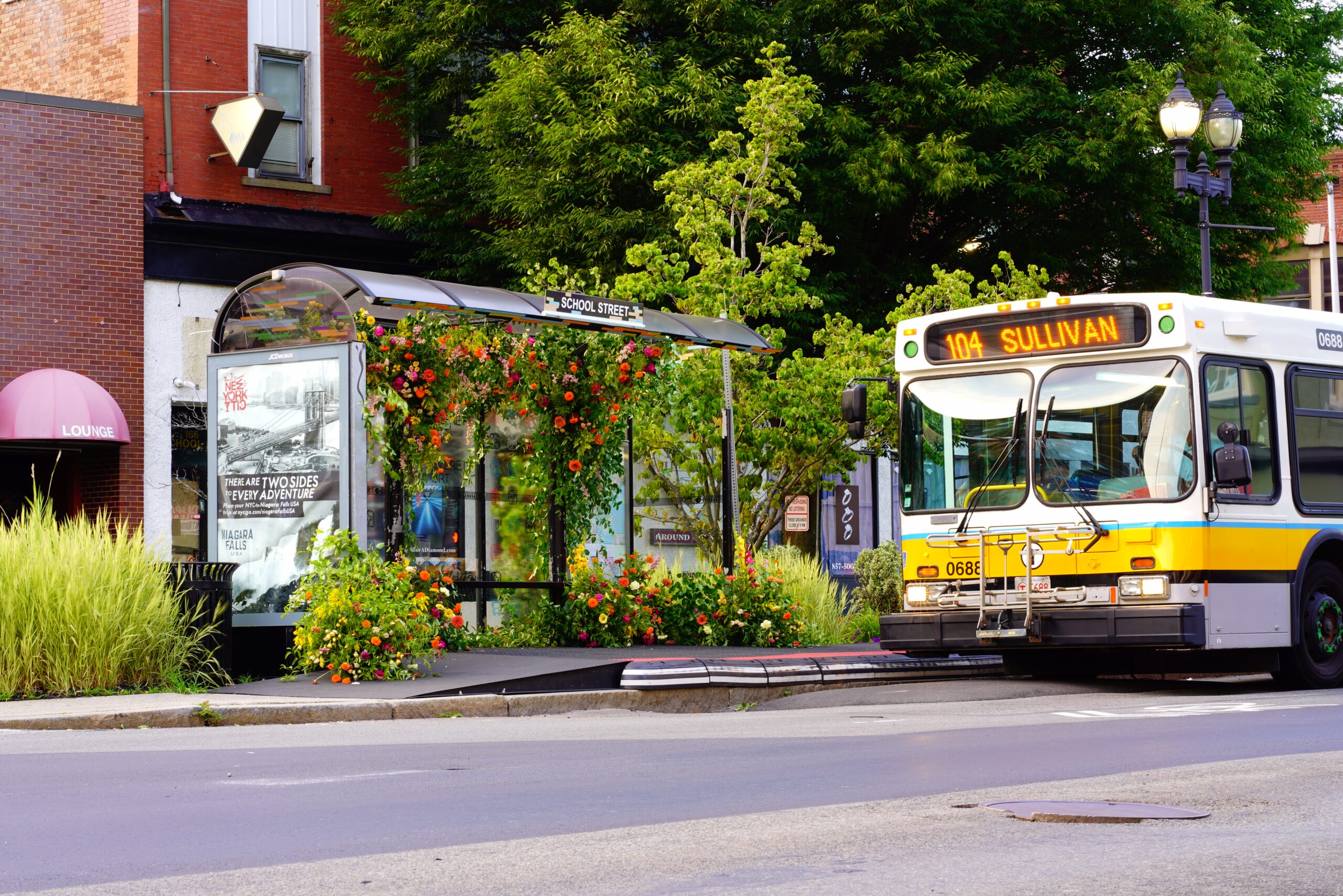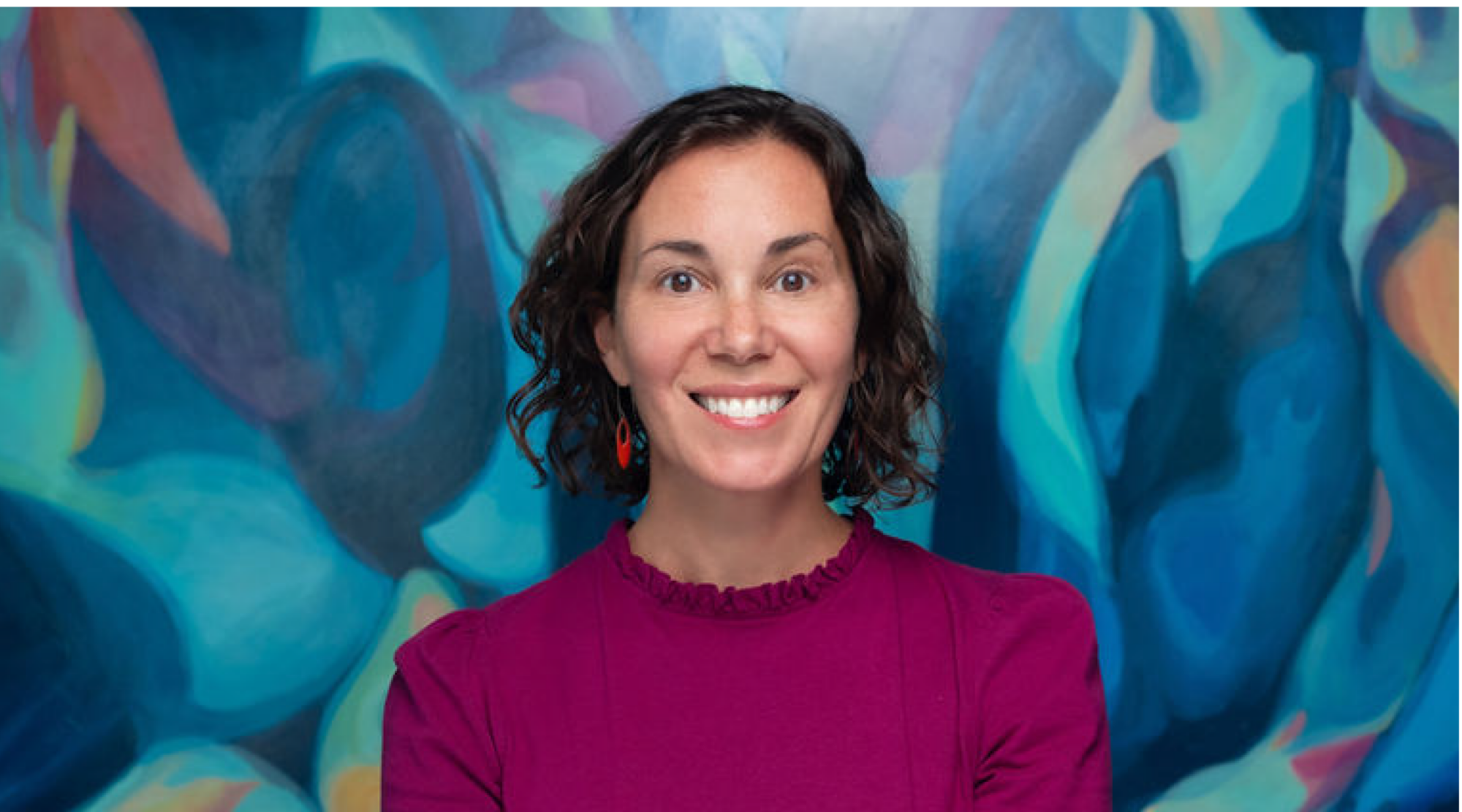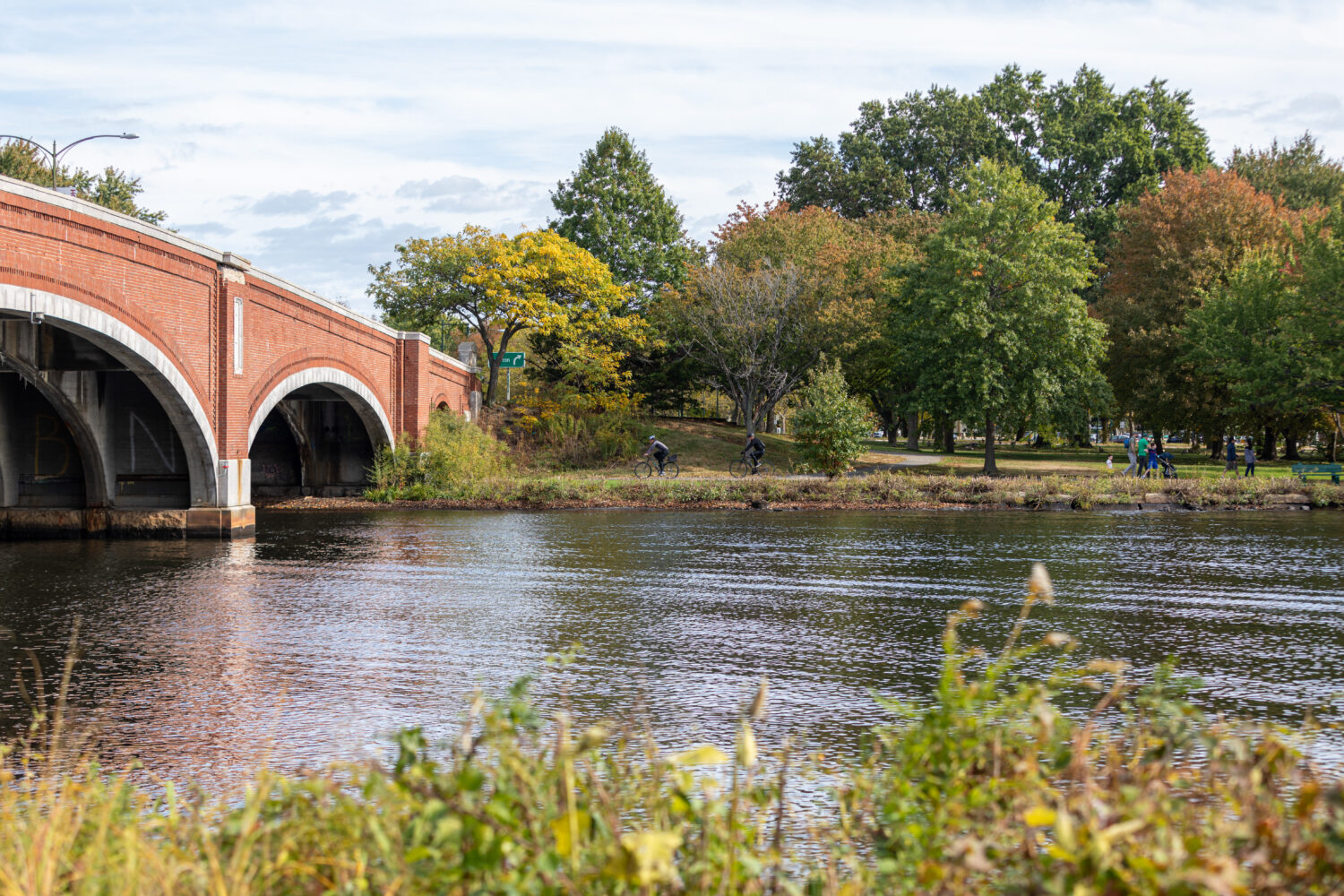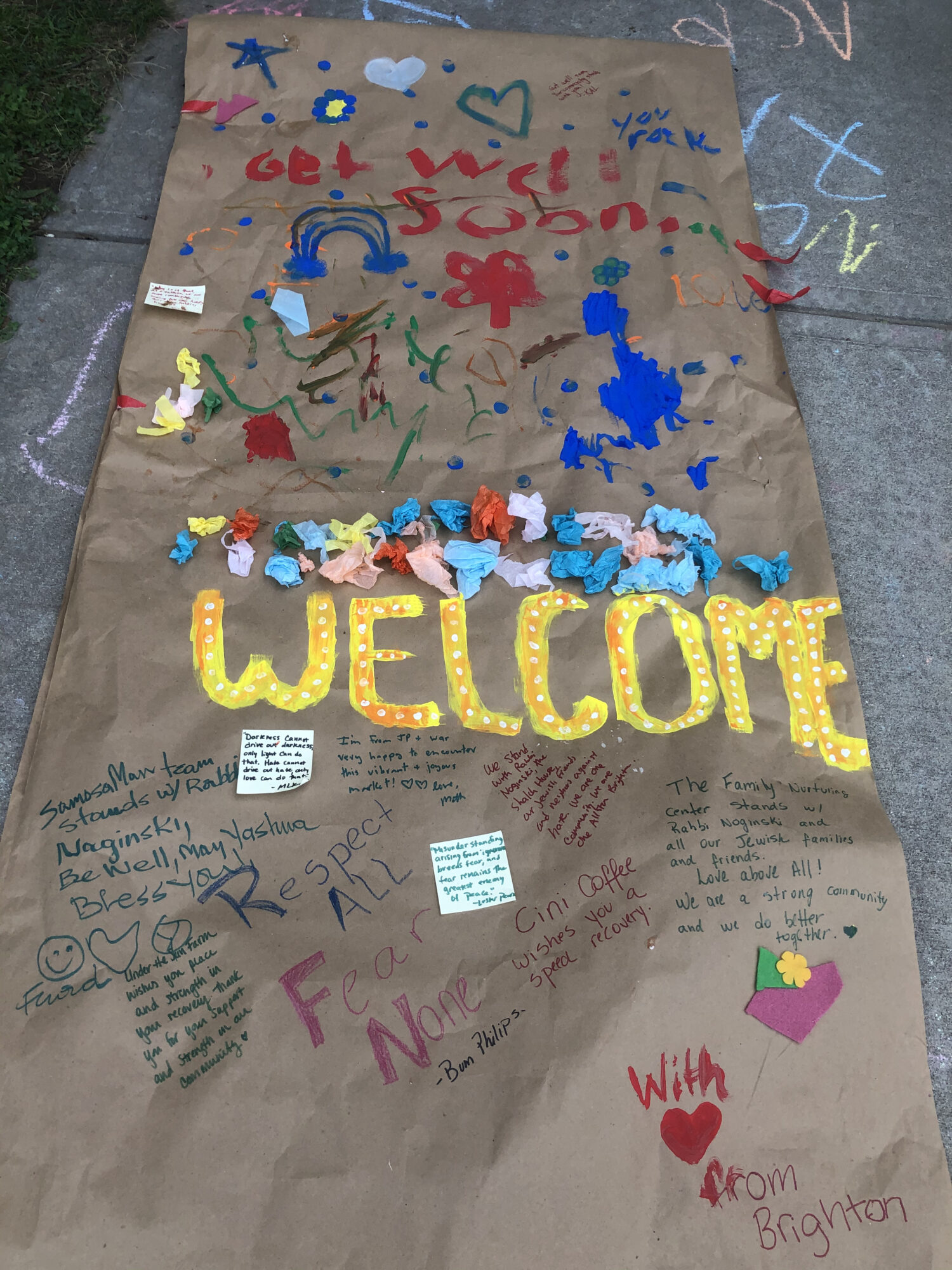The following article was first published on The Chronicle of Philanthropy.
Philanthropy is often justifiably criticized for its short attention span — for going with the flavor of the day or starting projects and not seeing them through.
But staying with a project for the long haul means that success could ultimately look very different from the original vision. To funders, that can feel like failure. But as my team learned through a recent 10-year, $11 million effort, investing for the long term requires not just accepting but embracing shifting goals and strategies.
Our team focuses on reducing carbon emissions by supporting policies and practices that encourage more walking and biking and by investing in better public transit. A decade ago, we identified a particularly climate-friendly transportation system — Bus Rapid Transit, which functions like a street-level subway and is popular in cities such as Mexico City and Jakarta.
With features designed to make it faster than conventional buses, including riders paying before boarding and dedicated bus lanes to bypass traffic, Bus Rapid Transit, or BRT, seemed like a perfect alternative to Boston’s slow and unreliable buses. A third of Boston public transit users ride the bus, mostly low-income and people of color. We viewed BRT as a model approach for creating a more reliable and efficient system.
We weren’t the first to recognize the potential benefits of BRT for Boston. The region had tried twice to adopt it. The first attempt, in 2002, resulted in one bus route that still has some BRT elements, such as dedicated bus lanes, but lacks many of the features that make BRT successful in other cities, including all-door boarding and elevated platforms. The second try, in 2009, failed before it even broke ground because residents and business owners felt they weren’t given time to provide input and didn’t believe their parking and traffic concerns would be addressed.
We believed our plan for a BostonBRT would succeed where these had failed because as grant makers we were better suited than the government to fund untested, potentially risky ideas. We thought that by modeling the viability of BRT, funding a series of real-life BRT demonstration projects, and educating community members, business leaders, and elected officials, we could show people the value of this innovative bus system. Our goals at the beginning were simple: demonstrate how BRT works, build political will, and create a gold standard bus route that could lead to a citywide expansion.
To us, the plan seemed foolproof. But we made one fundamental mistake at the onset: We came up with a plan before taking the time to listen to what community members wanted. Although we ultimately helped bring about important changes to the region’s bus system, we learned lessons along the way that we believe all grant makers should take to heart.
A Reality Check
Initially our approach seemed to progress as planned. We disbursed more than $5 million in the first five years of the project, using our resources and connections to tout BRT’s benefits. The money went toward technical feasibility studies, reports showing how BRT could work in Boston, and trips to Mexico City so community leaders and government officials could see BRT in action. We also funded advocacy efforts to get the city’s regional transit agency, the MBTA, and local governments on board.
Then, following the advice of policymakers, we funded local pilot projects to give residents of Boston and surrounding cities a taste of BRT for themselves. These projects tested various BRT features in different locations — changing traffic signals in Cambridge to give buses more green lights, installing raised boarding platforms in Everett to make getting on and off the bus easier for people with strollers and in wheelchairs, and painting a dedicated bus lane in Arlington to keep buses out of traffic.
But even these small improvements turned out to be complicated, time-consuming, and — for us — illuminating. We realized the challenges to creating a high-functioning BRT route were the same as those preventing general improvements in the region’s bus transportation: not enough staff at the MBTA and in city transportation departments, too little collaboration, and an overall de-prioritization of buses due to the region’s history of racism in transportation and land use.
It was clear we needed to pivot and focus on the entire bus system, not just our BRT project. We needed to listen more to community concerns, help the MBTA improve its operations, and tap into existing plans and projects to make buses better. That started with making the fundamental improvements community members were asking for, including better schedules and cleaner waiting areas — changes we had previously considered relatively trivial compared with our grand ambition.
Redefining Success
In 2019, we changed our strategy. We still maintained the goal of developing a top-notch BRT system over the long term, but we began focusing on shorter term improvements to existing bus lines that policymakers and bus riders wanted. We became a “guide on the side” rather than a “sage on the stage” directing the project from on high.
We gave community-based organizations such as La Colaborativa and Everett Community Growers funds to implement their own ideas for improving buses, not ideas from outside experts. Their projects directly responded to what the community wanted, such as more trees near bus stops and reduced fares for low-income people. We also supported the MBTA’s plan for a redesigned, more efficient, and more equitable bus network.
The BRT pilot projects had revealed that the MBTA lacked the capacity, most notably enough staff, to significantly improve existing bus lines. So we funded a new team at the MBTA to modernize the bus system. That included engineers and city planners who could help speed up buses through dedicated lanes and tweak traffic signals to ensure buses weren’t delayed at red lights. The MBTA eventually made these roles permanent and added another 10 people.
Although Boston didn’t get true BRT, the state and city governments finally created budgets for bus improvements and worked together to upgrade existing bus lines. In 2015, there were fewer than three miles of bus lanes in the MBTA service area. Eight years later, there were more than 40, and that number continues to grow. We also succeeded in getting an important element of BRT built on one bus line — a lane for buses that runs down the center of the road so it isn’t impeded by cars. Other such lanes are in the works. Crucially, community members are better positioned to identify the transportation they need and can advocate for solutions they want.
In spring 2024, after spending a total of $11 million, we ended our involvement in the project, confident that we’d made progress and that it was the right time to step away.
Investing long-term in a project means that goals and metrics of success will shift and that the effort could look very different from what was envisioned. Yet as the BostonBRT initiative proves, the outcome just might be better, more inclusive, and more enduring than what funders came up with on their own.




